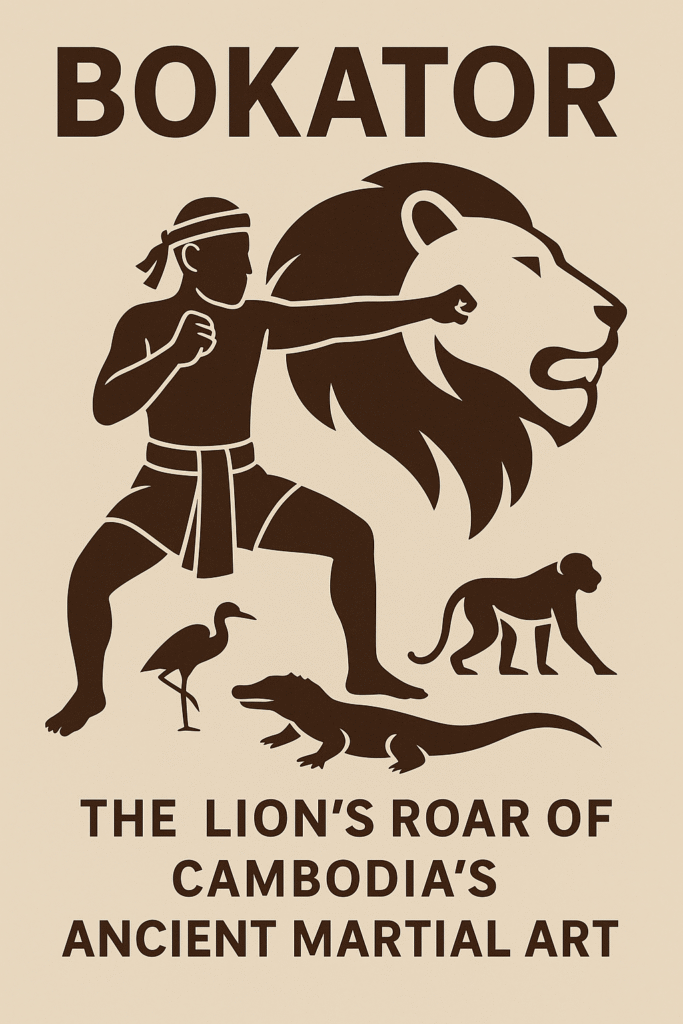The flowing, ornate characters of the Khmer script are more than just a means of communication; they form the basis of a refined art form known as Khmer calligraphy (kalikari aksar Khmer). This practice emphasizes the aesthetic beauty, balance, and rhythm of the script, transforming written language into visual art. Historically intertwined with religious scholarship and the creation of sacred texts, Khmer calligraphy, alongside the lesser-known tradition of handmade papermaking, represents a significant aspect of Cambodia’s cultural and intellectual heritage.
Whispers on Mulberry: The History of Handmade Paper
While intricately inscribed palm leaf manuscripts (sleuk rith) were the dominant medium for preserving sacred scriptures and important literature due to their durability in the tropical climate, Cambodia also had traditions of handmade papermaking. This paper, likely known as kradak sa, was typically crafted from the bark of the mulberry tree (sa) or other fibrous plants like daphne (ramdoul) or agarwood (krâsna).
- Process: Though perhaps less documented than palm leaf preparation, the process likely resembled techniques found in neighboring countries. It would involve harvesting the inner bark, soaking and boiling it to soften the fibers, pounding the fibers into a pulp, mixing the pulp with water (and possibly a dispersing agent), spreading the slurry thinly onto a screen (often bamboo or cloth), allowing the water to drain, and then carefully peeling off and drying the resulting paper sheets in the sun.
- Usage: This handmade paper was likely used for less monumental purposes than palm leaf – perhaps for temporary records, local administrative documents, preliminary drafts, illustrations, kite-making, or specific types of Buddhist artwork or charms, where extreme longevity was less critical. Its presence indicates a broader material culture around writing, even if palm leaf held precedence for scripture.
The Artful Stroke: Traditional Calligraphy Techniques
Khmer calligraphy is an art demanding immense skill, control, and understanding of the script’s nuances:
- Tools: Traditional calligraphers employed various tools:
- Pens: Shaped reeds (
preah dek) or bamboo styluses were common. Later, metal nibs were adopted. - Brushes (
kunlung): Made from specific materials like the pounded fibers of certain barks or wood, used for broader strokes or particular styles. - Ink (
thnam sek): Traditionally, a black ink made from soot (collected from burning resinous wood or oil lamps) mixed with a binding agent (like plant resins or fish gall) and water.
- Pens: Shaped reeds (
- Scripts: Calligraphy often focuses on formal styles of the Khmer script, particularly:
Aksar Mul(Round Script): A clear, upright, rounded style often used for primary texts due to its legibility and formal beauty.Aksar Chrieng(Slanted Script): A more cursive, slanted style, sometimes used for annotations or specific types of texts.- Decorative variants with added flourishes also exist for artistic purposes.
- Execution: Mastery lies in the execution. The calligrapher needs precise control over pressure and angle to create varied stroke widths. Proper posture, rhythmic movement, and a deep understanding of each character’s structure are essential. The goals are clarity, aesthetic balance on the page (or palm leaf), consistency, and conveying a sense of harmony and elegance.
Guardians of the Script: Monks and Calligraphy Preservation
Historically, Buddhist monasteries (Wat) were the epicenters of literacy, education, and manuscript production in Cambodia. Consequently, monks were the primary custodians and practitioners of calligraphy:
- Scripture Copying: Monks meticulously copied the Tripitaka (Buddhist canon) and other important texts onto palm leaves. This required not only literacy but also skilled calligraphy to ensure accuracy and legibility for generations to come. Beautiful script was seen as a way of honoring the sacred texts.
- Monastic Education: Training novices involved learning to read and write Khmer, Pali, and often the art of fine script. Calligraphy was thus embedded within the monastic education system.
- Merit-Making: The act of copying sacred texts (
tham thveu bon) was considered highly meritorious, contributing both to the preservation of the Dharma and the spiritual development of the scribe.
Echoes of India: Sanskrit and Pali Influence
The Khmer script itself belongs to the Brahmic family of scripts originating in ancient India. Its development and the practice of calligraphy were significantly shaped by the languages it needed to represent:
- Linguistic Inheritance: Khmer vocabulary contains numerous loanwords from Sanskrit (associated with Hinduism, royalty, and early inscriptions) and particularly Pali (the language of the Theravada Buddhist canon).
- Script Adaptation: To accurately represent the sounds and nuances of Pali and Sanskrit, the Khmer script evolved specific features. This includes subscript consonants, vowel signs placed around consonants, special characters, and ligatures (joined letters), all of which require careful handling in calligraphy, especially when writing religious texts. Calligraphers needed mastery of these complex orthographic rules.
Fading Lines, Renewed Strokes: Decline and Revival
In the modern era, several factors led to a decline in the widespread practice of traditional calligraphy:
- Technological Shifts: The invention of the printing press, followed by typewriters and computers, drastically reduced the practical need for handwritten documents and artistic script in daily life.
- Khmer Rouge Era: The devastation of the 1970s wiped out a generation of artists and intellectuals, severely disrupting traditional knowledge transfer, including calligraphy.
- Standardization: Emphasis shifted towards standardized, functional handwriting for education and administration, rather than the artistic nuances of calligraphy.
However, there has been a growing recognition of Khmer calligraphy as a valuable art form and cultural heritage, leading to revival efforts (ongoing as of April 2025):
- Art Education: Institutions like the Royal University of Fine Arts (RUFA) in Phnom Penh include calligraphy in their curriculum. Workshops and private lessons by dedicated master calligraphers (
nak kalikari) are helping to transmit the skills. - Cultural Appreciation: There is renewed interest among Cambodians and foreigners in the beauty and cultural significance of the Khmer script, fueling demand for calligraphic art.
- Artistic Exploration: Calligraphy is being explored not just as beautiful writing but as a fine art medium in itself.
Ancient Script, Modern Canvas: Contemporary Uses
Today, Khmer calligraphy finds expression in diverse contemporary contexts:
- Fine Art: Calligraphers create standalone artworks, often featuring Buddhist verses, traditional proverbs, poems, or abstract interpretations of script forms, exhibited in galleries.
- Graphic Design and Branding: The elegance of Khmer calligraphy lends itself well to modern design. It’s used in logos for businesses seeking a touch of Cambodian identity, on invitations, book covers, posters, fashion items, and product packaging. Different calligraphic styles can evoke tradition, luxury, or artistry.
- Tattoos: Stylized Khmer script remains a popular choice for tattoos, featuring names, dates, blessings (like Sak Yant elements, though traditional Sak Yant is a distinct practice), or meaningful quotes.
- Decorative Use: Calligraphy appears in signage for restaurants and hotels aiming for cultural ambiance, on decorative scrolls, and in interior design elements.
An Elegant Legacy
Khmer calligraphy is a testament to the beauty inherent in the written word and the skill required to render it artfully. From its vital role in preserving sacred texts within monasteries to its modern revival as a respected art form and versatile design element, it remains a potent symbol of Cambodian culture and identity. While the tradition of handmade mulberry paper may be less prominent than the enduring legacy of palm leaf manuscripts, the art of the elegant line – Khmer calligraphy – continues to script its soul onto the pages of Cambodia’s past and present. The appreciation for this beautiful script is widespread, a visible thread connecting ancient traditions to contemporary life across the Kingdom.



